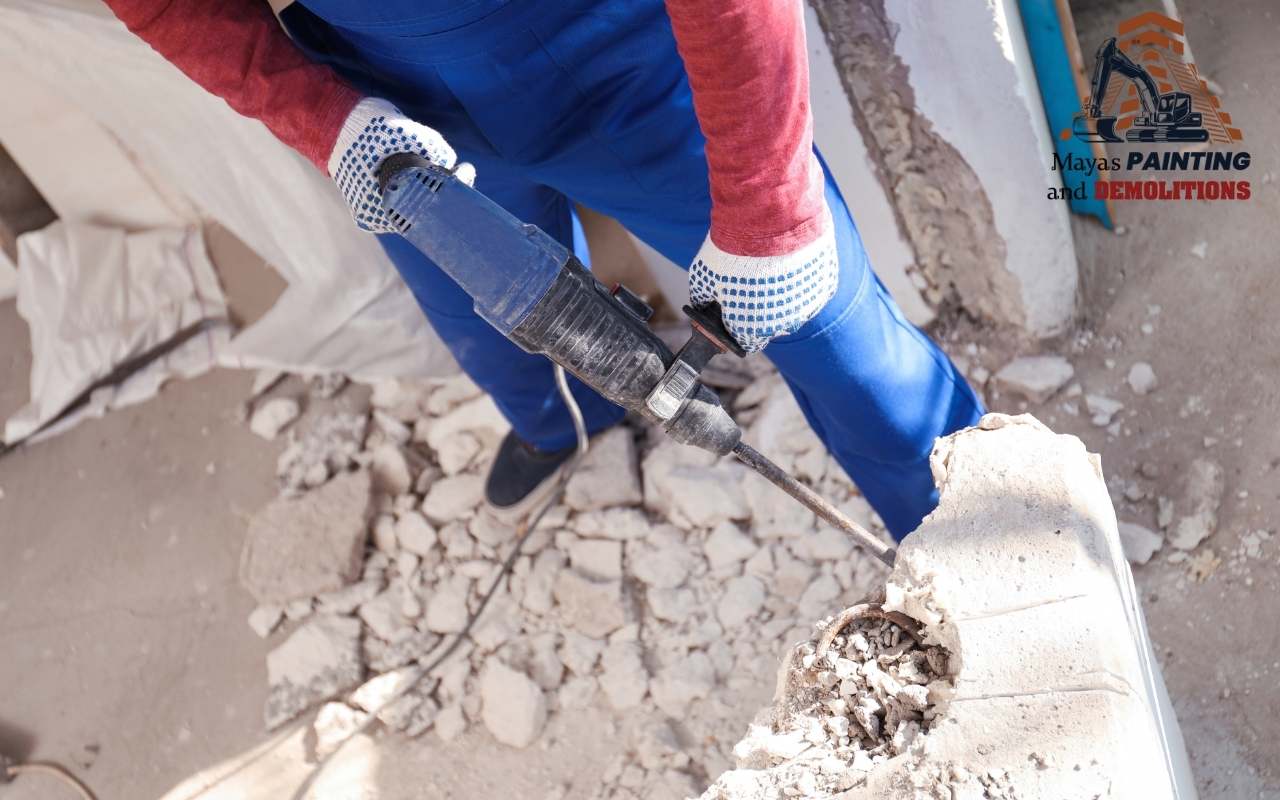
Proper upkeep of your demolition hammer ensures maximum efficiency, longevity, and safety. Following essential demolition hammer maintenance tips helps prevent unexpected breakdowns, reduces wear, and keeps your tool in top condition. Whether using it for occasional projects or daily tasks, regular care improves performance and extends its lifespan.
Why Regular Maintenance Matters
Extends Tool Lifespan
A well-maintained demolition hammer lasts significantly longer than one that experiences neglect. Regular servicing reduces internal wear, keeping the motor and impact mechanism functioning efficiently.
Prevents Costly Repairs
Ignoring small maintenance tasks can lead to major malfunctions over time. Preventative care minimizes unexpected downtime and the need for expensive part replacements.
Ensures Safety During Use
A poorly maintained demolition hammer can pose serious safety risks, such as overheating, loss of control, or sudden failures. Keeping it in top shape enhances stability and reliability during operation.
Essential Demolition Hammer Maintenance Tips
1. Keep the Tool Clean After Every Use
- Remove dust, debris, and concrete residue after each session.
- Use compressed air or a dry cloth to clean ventilation slots.
- Wipe down the body to prevent dirt buildup that can cause overheating.
2. Inspect and Replace Worn Parts
- Check the bit holder for wear, ensuring bits stay securely in place.
- Examine seals and gaskets to prevent internal leaks.
- Inspect internal components for damage if you notice unusual vibrations or reduced impact force.
3. Lubricate Moving Parts Regularly
- Apply manufacturer-recommended grease to reduce internal friction.
- Avoid over-lubrication, as excess grease can attract dust and debris.
- Lubricate the bit shank lightly before inserting it into the tool.
4. Store the Demolition Hammer Properly
- Keep the tool in a dry, dust-free environment when not in use.
- Store it in a sturdy case to prevent exposure to moisture and impact damage.
- Avoid leaving the hammer in extreme temperatures, which can affect its internal components.
5. Check Power Cords and Battery Connections
- Inspect cords for fraying or exposed wires before each use.
- If using a cordless demolition hammer, ensure batteries are charged and free from corrosion.
- Replace damaged cords immediately to prevent electrical hazards.

Signs Your Demolition Hammer Needs Maintenance
Reduced Impact Force
If the tool struggles to break through materials as efficiently as before, it may need lubrication, bit replacement, or internal servicing.
Unusual Vibrations or Overheating
Excessive vibrations or frequent overheating could indicate worn bearings, motor strain, or debris buildup inside the tool.
Strange Noises During Operation
Grinding, rattling, or clicking sounds suggest loose or damaged internal components that require inspection and servicing.
Common Mistakes That Reduce Demolition Hammer Lifespan
Using the Wrong Bits
Selecting an incorrect or worn-out bit places unnecessary strain on the motor, reducing efficiency and causing premature wear.
Skipping Lubrication
Neglecting lubrication increases friction and heat buildup, leading to excessive stress on internal mechanisms.
Forcing the Tool Instead of Letting It Work
Applying excessive pressure does not improve performance but damages internal components. Let the hammer’s impact mechanism do the work.
Following essential demolition hammer maintenance tips ensures long-term performance, efficiency, and safety. Regular cleaning, proper lubrication, and timely inspections prevent costly repairs and keep your tool in peak condition.
If you need professional demolition services, our licensed experts handle residential and commercial projects with precision. Request a free estimate today, and let us take care of your demolition needs.
